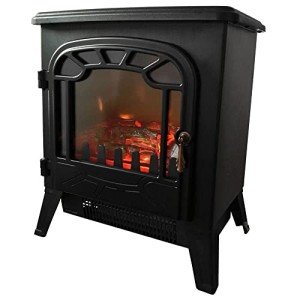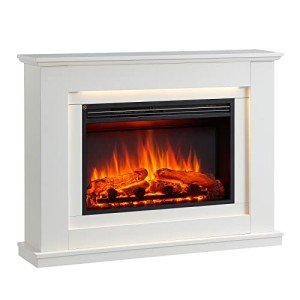fireplace8846
About fireplace8846
The 10 Most Scariest Things About Buy Fireplaces UK

A Comprehensive Guide to Buying Fireplaces in the UK
Fireplaces have actually long been a centerpiece in homes, providing both heat and aesthetic appeal. In the UK, the varied environment makes fireplaces an integral feature in lots of residences. Whether one is looking for a practical heating solution or an elegant centerpiece, understanding the various types of fireplaces and the elements to consider when making a purchase is crucial. This short article will supply an in-depth summary of the kinds of fireplaces available, factors to consider before purchasing, and responses to often asked questions.
Kinds of Fireplaces
When thinking about the purchase of a fireplace, one must comprehend the large range of choices available. Here’s a breakdown of the common types of fireplaces in the UK:
| Type of Fireplace | Description | Pros | Cons |
|---|---|---|---|
| Open Hearth | Traditional fireplace; wood-burning. | Traditional appeal, great heat circulation. | Ineffective, needs more upkeep. |
| Wood-Burning Stove | Enclosed wood-burning system developed for effectiveness. | High-efficiency heating, variety of styles. | Needs area for wood storage, might require chimney lining. |
| Gas Fireplace | Uses natural or propane gas for heating. | Easy to utilize, low maintenance. | May require expert setup, can be less warm than wood. |
| Electric Fireplace | Utilizes electrical power to develop heat and flames. | Simple installation, does not require a chimney. | Typically less efficient for heating, may lack the atmosphere of genuine flames. |
| Bioethanol Fireplace | Burns bioethanol for a clean-burning flame. | No venting required, modern style. | Fuel can be costly, less heat output. |
| Pellet Stove | Uses compressed wood or biomass pellets. | Efficient and ecologically friendly. | Needs electrical power to run, requires routine feeding and cleaning. |
Considerations Before Buying a Fireplace
Before committing to the purchase of a fireplace, several important elements should be taken into consideration:
-
Purpose: Determine whether the fireplace will serve mainly for heating or as an aesthetic addition to the room.
-
Type of Fuel: Consider the type of fuel that best suits your requirements– wood, gas, electrical energy, or alternative choices.
-
Installation Costs: Assess the total installation expense, which may consist of chimney work, flue setup, or extra adjustments to the home.
-
Area Availability: Check the area available and ensure that the chosen fireplace fits comfortably within the designated area.
-
Design and Design: Choose a design that complements the existing design of your home, whether modern, rustic, or traditional.
-
Maintenance: Understand the maintenance requirements associated with each kind of fireplace. For instance, wood-burning alternatives might require routine cleaning of flues and chimneys.
-
Energy Efficiency: Assess the energy effectiveness of the fireplace, particularly if it will act as the primary heating source.
-
Regional Regulations: Be conscious of local guidelines and guidelines relating to setups, specifically for wood-burning and gas devices.

Frequently Asked Questions about Buying Fireplaces in the UK
1. What is the very best kind of fireplace for an eco-friendly home?
Response: A wood-burning stove or a pellet stove can be terrific environment-friendly alternatives, as they utilize renewable resources. Bioethanol fireplaces are likewise clean and produce no harmful emissions.
2. Do I need a chimney for a gas fireplace?
Response: Most gas fireplaces need venting to the outside, which can be through an existing chimney or via a direct vent system that vents through the wall.
3. How do I identify the right size of fireplace for my space?
Answer: The size will depend on the space’s square footage and the kind of fireplace. Typically, an expert can calculate the BTUs (British Thermal Units) required based upon the space size.
4. What is the typical expense of installing a fireplace in the UK?
Answer: Installation costs can vary widely depending upon the kind of fireplace and its intricacy, ranging from ₤ 500 for electric fireplaces to ₤ 5,000 for some customized installations of wood ranges or gas units.
5. Are electric fireplaces safe to utilize?
Answer: Yes, electric fireplaces are normally really safe, as they do not produce real flames or emissions. Nevertheless, as with any electrical home appliance, they should be used according to manufacturer standards.
The decision to Buy Fireplaces uk a fireplace in the UK is diverse and depends on many elements, including design, effectiveness, purpose, and setup needs. By understanding the various kinds of fireplaces and assessing personal requirements and choices, one can make an educated choice that improves their home and experience. With the details offered, prospective buyers can start their journey to find the best fireplace that combines functionality with the convenience and heat that this essential feature supplies.
In summary, investing in a fireplace is more than merely choosing a heating choice; it is about including character to a home while making sure convenience for many years to come.
No listing found.

